In today’s world, sugary sodas have become a staple drink for many, offering a burst of flavor and energy. However, the sugar content in these beverages often exceeds daily recommended amounts, posing health risks. This article explores 17 sodas with exceptionally high sugar content, each deserving of a warning label.
Mountain Dew
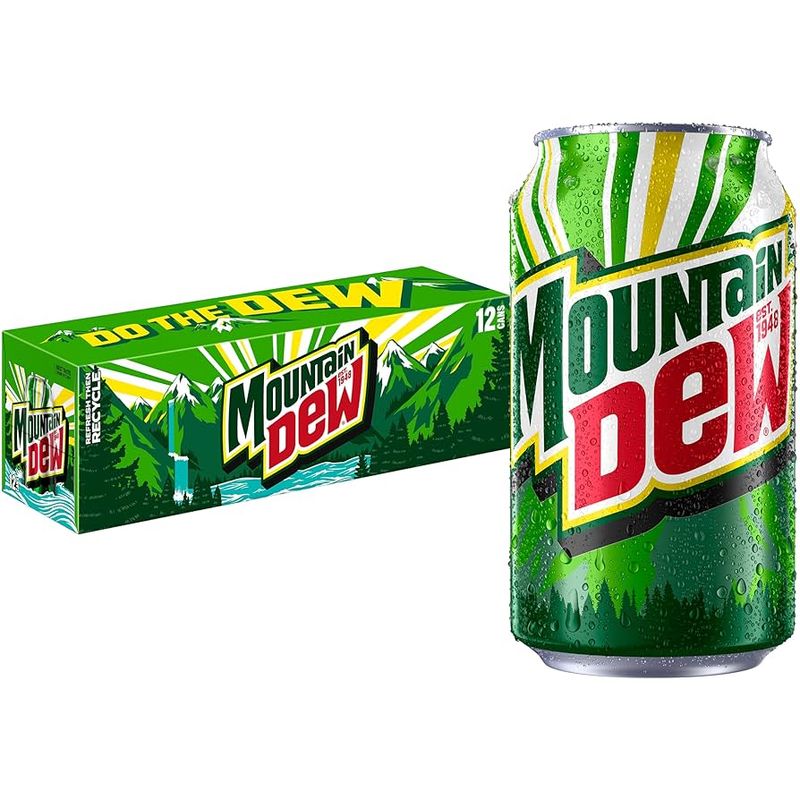
Mountain Dew, known for its vibrant color and energetic taste, packs a punch with its sugar content. With a staggering 77 grams of sugar per 20-ounce bottle, it tops the charts for sugary sodas. This citrus-flavored drink offers a sweet experience, often favored by those seeking an adrenaline rush rather than a health boost.
The origins of Mountain Dew trace back to the 1940s, developed as a whiskey chaser. Today, its reputation is synonymous with extreme sports and youthful vigor. The high sugar content, however, makes it a beverage to consume with caution.
For those unaware, Mountain Dew’s sugar load is comparable to eating over 18 teaspoons of sugar. This reality prompts many health-conscious consumers to think twice before indulging.
Coca-Cola Classic
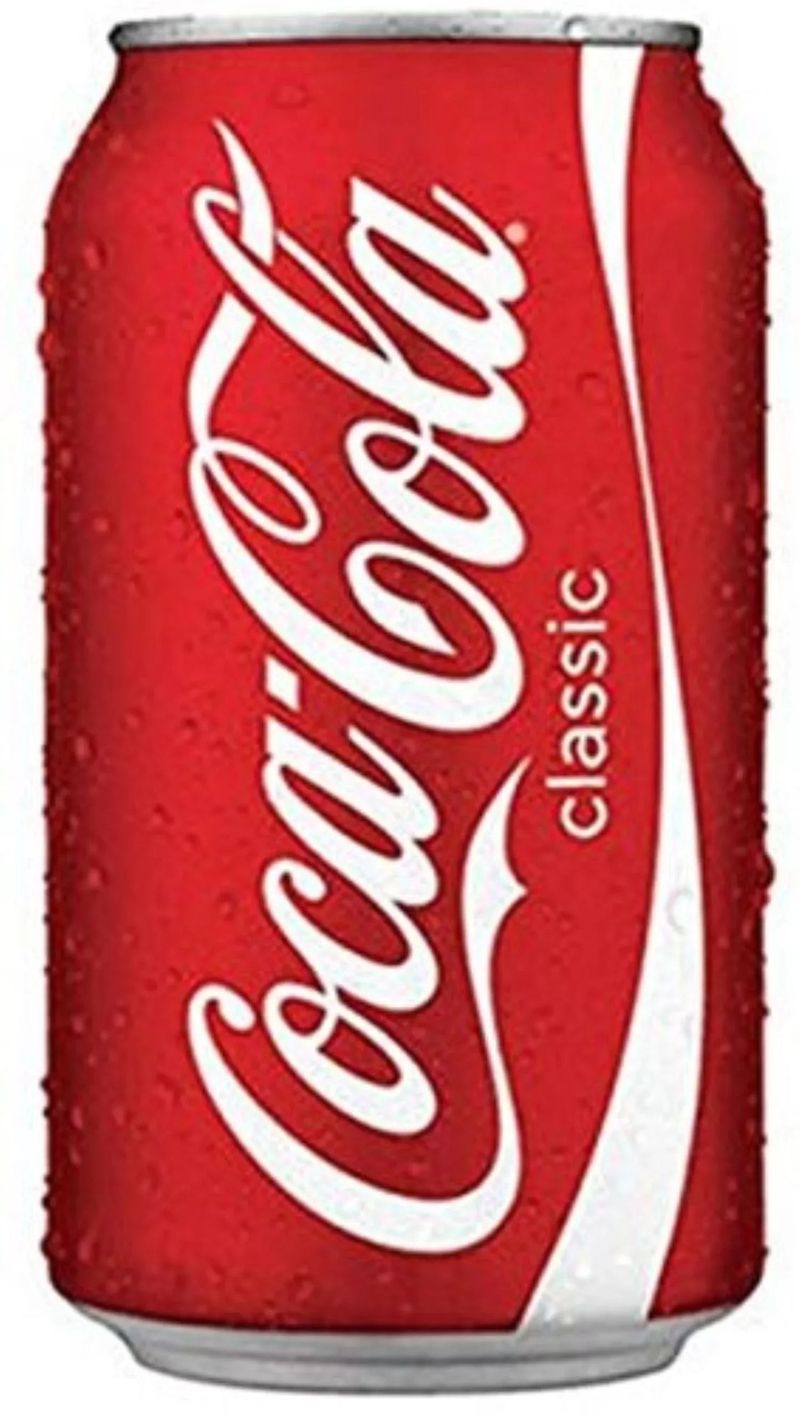
Coca-Cola Classic remains an iconic symbol of sugary delight worldwide. Each 12-ounce can contains 39 grams of sugar, equating to about 10 teaspoons. This quintessential soda has been quenching thirsts since the late 19th century, yet its sugar level is a notable concern.
The secret formula of Coca-Cola, combined with its high sugar content, has made it a favorite yet controversial choice. Its sugary taste is a comfort to many but also a caution for those monitoring their sugar intake.
Interestingly, Coca-Cola’s global influence is vast, yet it often faces criticism for contributing to the sugar epidemic. This duality makes it both a beloved beverage and a target for health advocates.
Pepsi
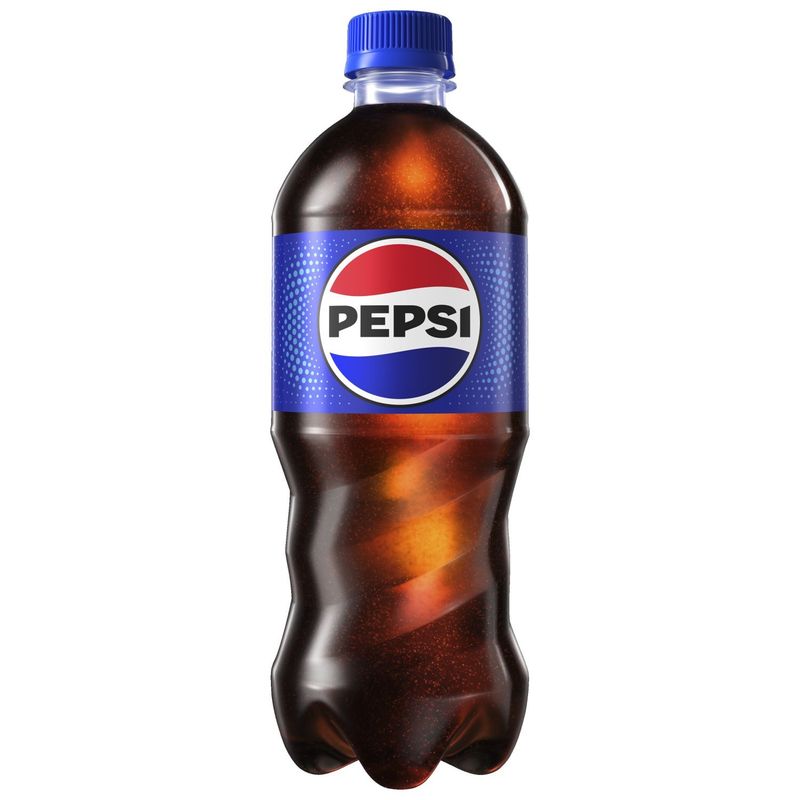
Pepsi, a rival to Coca-Cola, offers a similarly sugary experience. With 41 grams of sugar in a 12-ounce can, it’s slightly sweeter than its competitor. This cola has captivated taste buds with its unique formula since 1893, boasting a loyal fan base.
While Pepsi’s taste is distinctive, its sugar content is undeniably high. Consumers often face a dilemma between enjoying the rich flavor and managing sugar intake. The brand’s marketing often highlights taste, but health experts focus on the sugar.
Pepsi’s ongoing battle with Coca-Cola extends beyond flavor to sugar content, with each brand striving to capture the market while managing health criticisms.
Dr Pepper
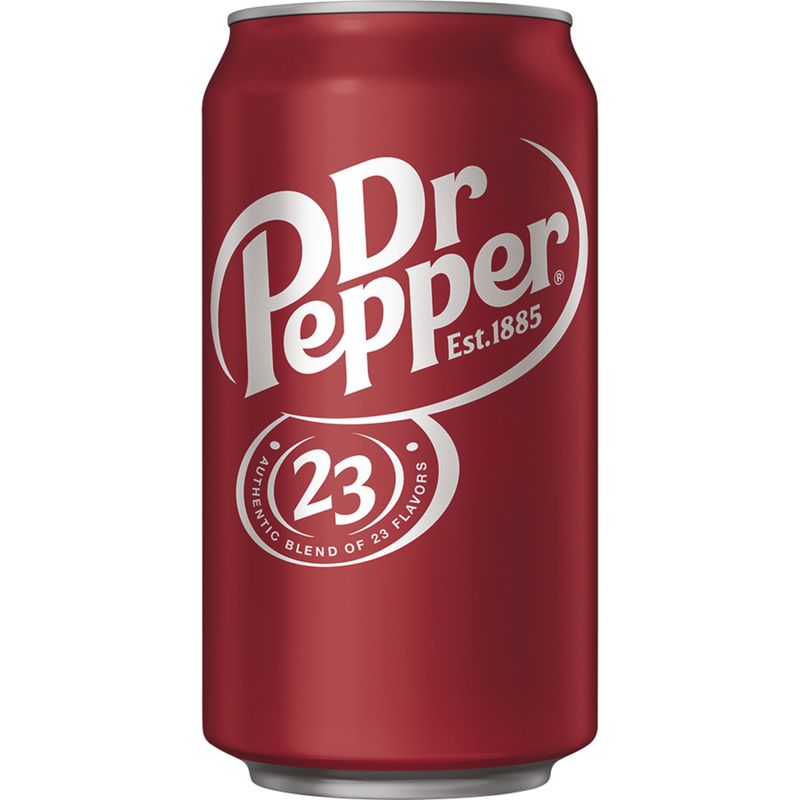
Dr Pepper offers a unique blend of 23 flavors, creating a rich and complex taste. However, with 40 grams of sugar per 12-ounce can, it matches other colas in sweetness. This beverage, introduced in the 1880s, has a distinct flavor profile that captivates many.
Its marketing often emphasizes uniqueness, yet the sugar content aligns with typical colas. Many fans appreciate its depth of flavor, but health discussions frequently highlight sugar concerns.
Dr Pepper’s history is as rich as its taste, originating from a Texas drugstore. Despite its allure, the high sugar content remains a critical consideration for consumers.
Sprite
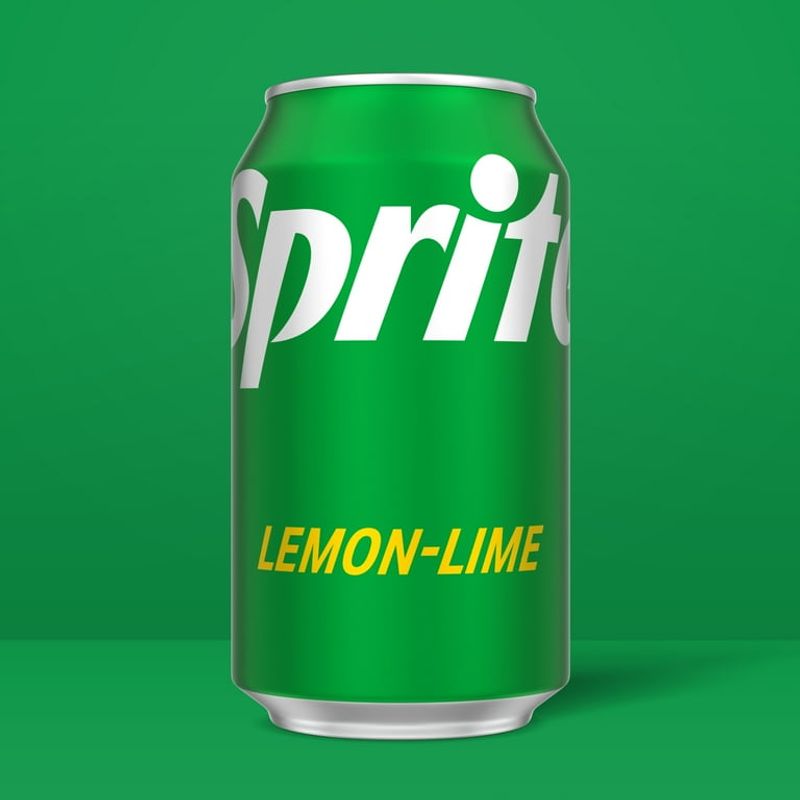
Sprite, a caffeine-free lemon-lime soda, offers a crisp and refreshing taste. However, each 12-ounce can contains 38 grams of sugar, making it a sweet indulgence. Launched by Coca-Cola in 1961, Sprite has become a popular choice for those seeking a citrusy fizz.
Despite its light and refreshing flavor, Sprite’s sugar content is noteworthy. The beverage’s branding often highlights its clear composition, but the sugar levels suggest caution.
Sprite’s appeal lies in its simplicity and lemon-lime zest, yet health-conscious consumers are increasingly aware of its sugary makeup.
Fanta Orange
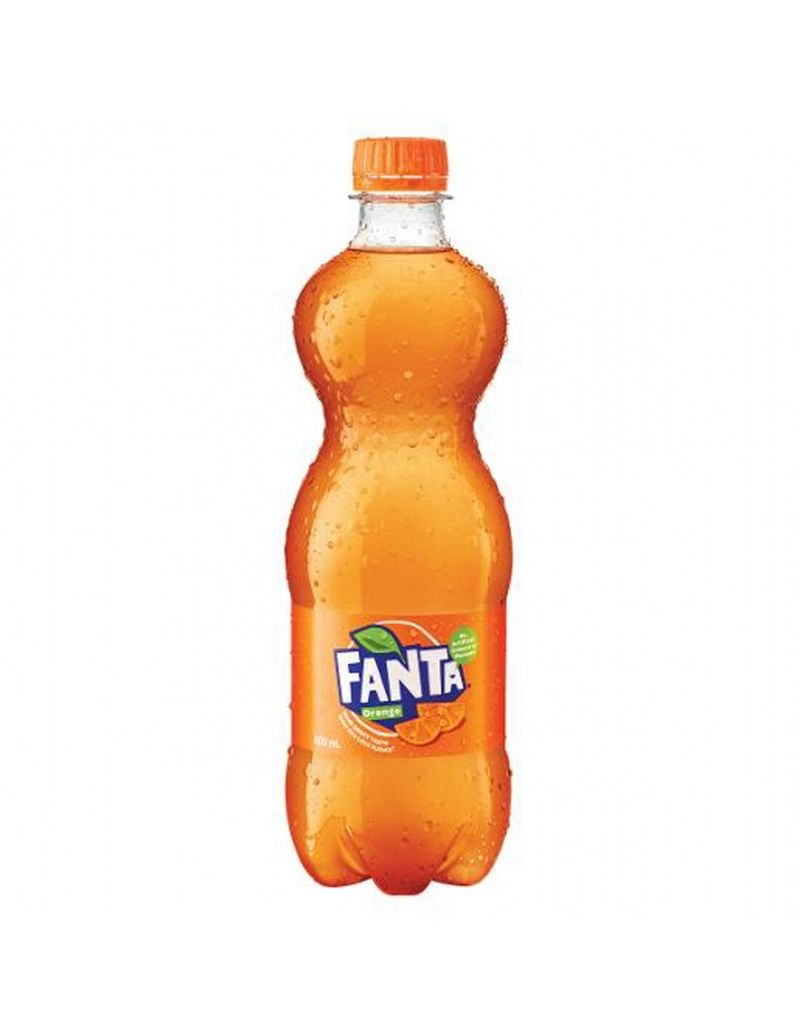
Fanta Orange, with its vibrant color and fruity flavor, is a favorite among soda enthusiasts. Each 12-ounce can carries 44 grams of sugar, making it one of the sweeter options on the market. Originating in Germany during World War II, Fanta’s history is as colorful as its taste.
The brand’s playful image is matched by its high sugar content, a point of contention for health experts. Despite this, Fanta continues to be a popular choice, particularly among younger audiences.
The sugary punch Fanta delivers is both its charm and its flaw, appealing to those craving sweetness but urging moderation among the health-conscious.
Barq’s Root Beer
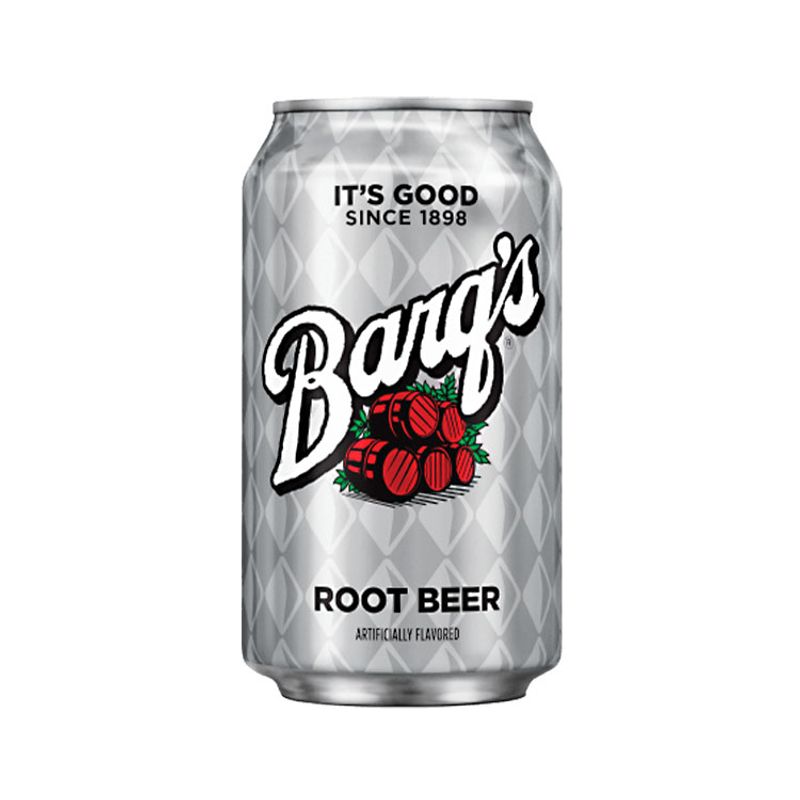
Barq’s Root Beer, known for its bold and spicy flavor, is a classic American soda. With 45 grams of sugar per 12-ounce can, it stands out among root beers for its sweetness. Since its introduction in 1898, Barq’s has been a staple in the world of root beers.
This soda’s robust taste is complemented by its high sugar level, making it a treat rather than a staple. Fans of root beer often enjoy its distinctive bite, but the sugar content is a factor for mindful consumption.
Barq’s tagline, “It’s Good,” speaks to its taste, yet the sugar levels suggest a more cautious approach for regular drinkers.
7-Up
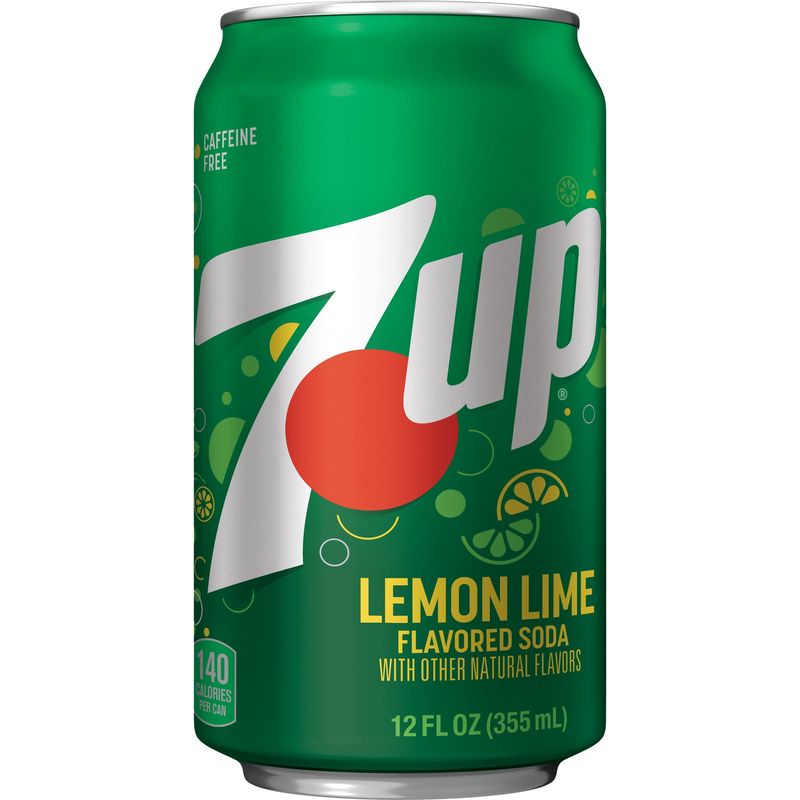
7-Up, another lemon-lime soda, offers a refreshing alternative to its caffeine-free counterparts. With 38 grams of sugar in each 12-ounce can, its sweetness is notable. Launched in the 1920s, 7-Up has maintained a loyal following due to its clean and crisp taste.
The brand often markets its simplicity and refreshing qualities, yet the sugar content tells another story. This dual nature makes 7-Up a choice for those seeking flavor and hydration, albeit with sugar considerations.
7-Up’s legacy is built on its lightness and zesty flavor, but the sugar level remains a critical consideration for the health-conscious.
Crush Orange
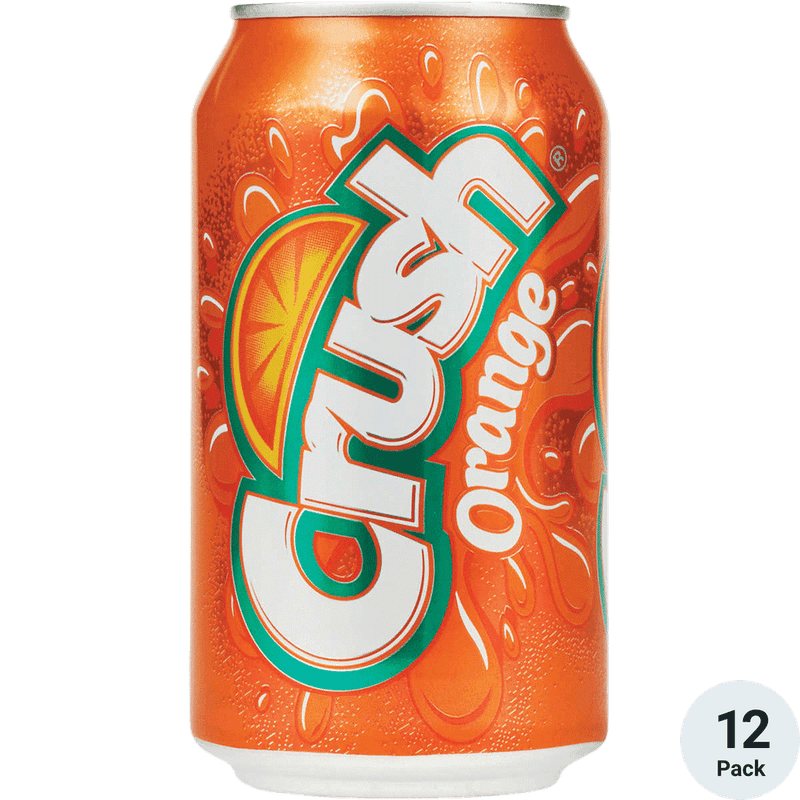
Crush Orange, with its intense color and fruity taste, delights those who love bold flavors. A 12-ounce can contains 44 grams of sugar, making it a sweet indulgence. Originating in the early 20th century, Crush has remained a favorite for those craving citrus.
The soda’s vibrant taste and high sugar content make it both appealing and cautionary. While it offers a burst of flavor, the sugar level is a point of concern for those watching their intake.
Crush’s history is marked by its bold flavor profile, yet the sugar content prompts a more measured enjoyment.
Sunkist Orange
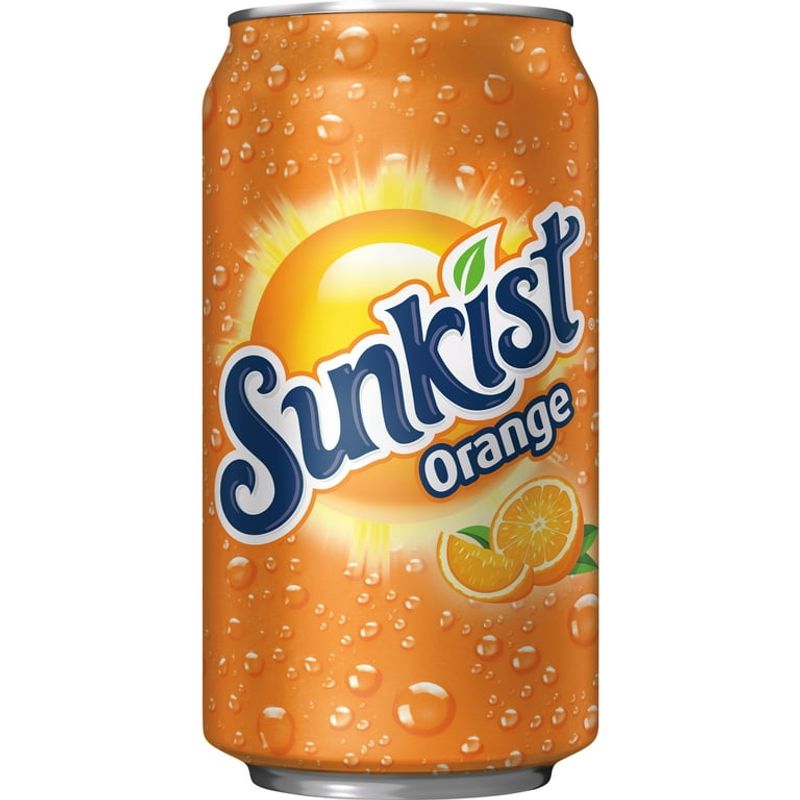
Sunkist Orange soda offers a sunny burst of citrus flavor, beloved by many. Each 12-ounce can packs 44 grams of sugar, aligning with other fruity sodas. Launched in the late 1970s, Sunkist quickly became a favorite for its refreshing taste.
While the soda’s branding highlights its citrus zest, the sugar content is a significant consideration. The sweetness is both its allure and a caution for those mindful of sugar consumption.
Sunkist’s vibrant flavor is complemented by its effervescent nature, but the sugar level remains a focal point for health discussions.
A&W Root Beer
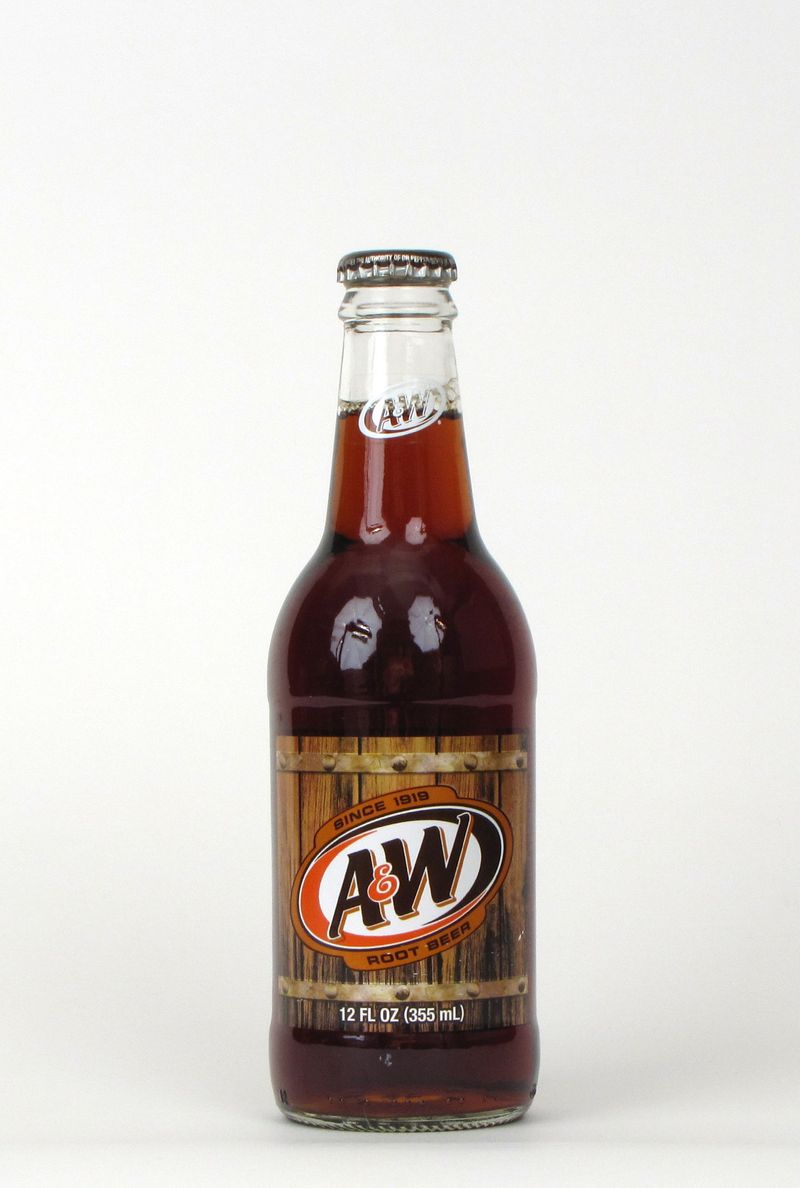
A&W Root Beer, with its rich and creamy flavor, is a nostalgic favorite for many. Each 12-ounce can contains 45 grams of sugar, making it a notably sweet option among root beers. Since its debut in 1919, A&W has been synonymous with frothy root beer floats.
The soda’s creamy taste and high sugar content create a delightful yet indulgent experience. Fans of root beer appreciate its classic flavor, but the sugar level is a health consideration.
A&W’s legacy in the root beer world is iconic, yet the sugar content urges moderation for regular enjoyment.
Mug Root Beer
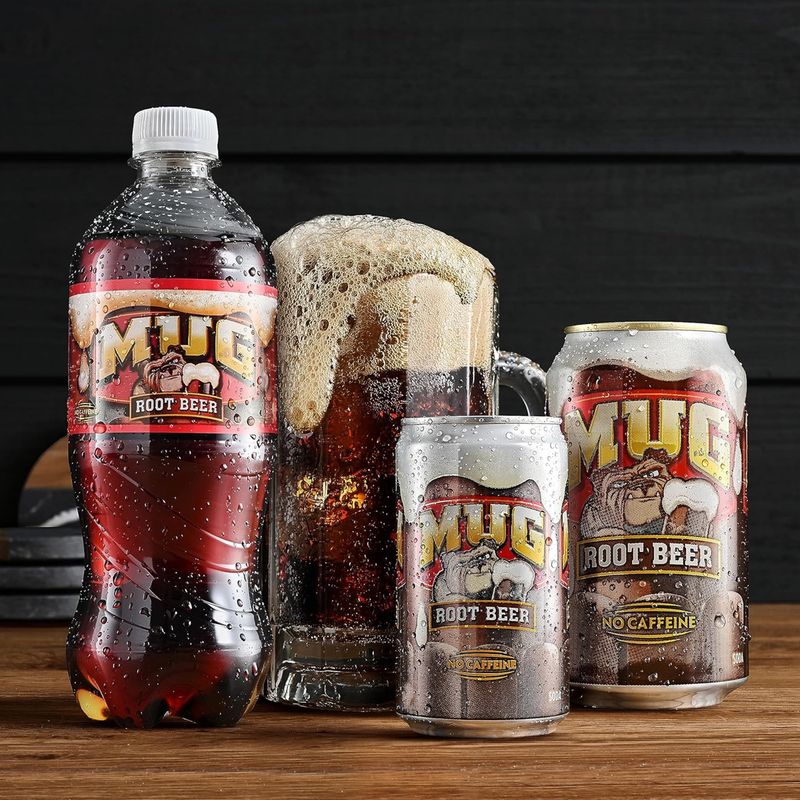
Mug Root Beer offers a smooth and creamy soda experience. With 43 grams of sugar in every 12-ounce can, it sits among the sweeter end of the root beer spectrum. This soda is a staple for root beer aficionados seeking both flavor and fizz.
The silky texture and high sugar level make Mug Root Beer a treat for special occasions. Its creamy undertone draws many fans, although the sugar content prompts caution.
Mug’s appeal lies in its traditional root beer essence, but the sugar level is a reminder for mindful drinking.
Crush Grape
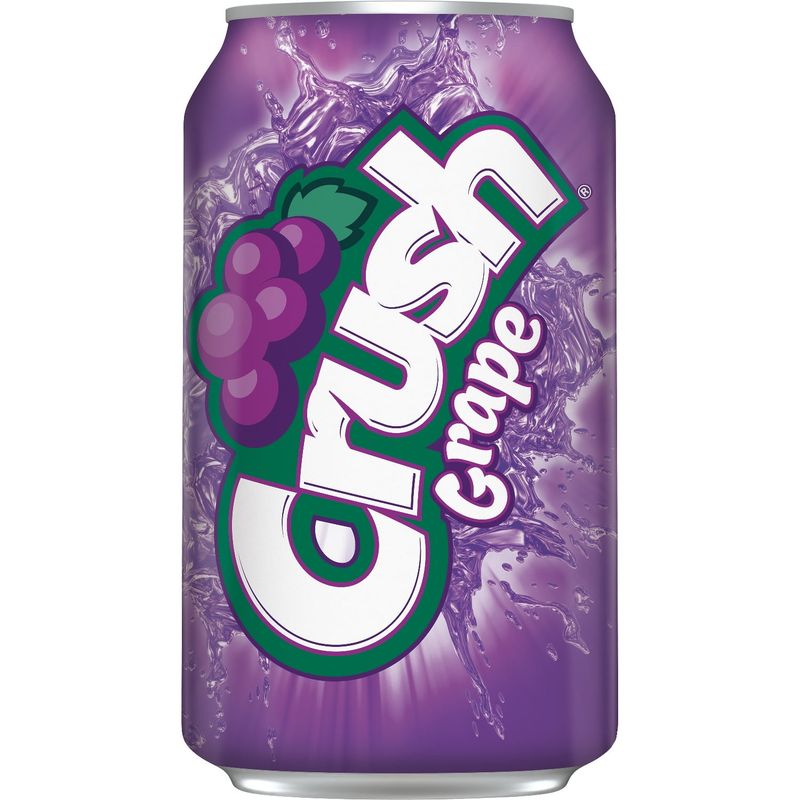
Crush Grape delights with its rich, fruity flavor, adored by those seeking bold soda experiences. Each 12-ounce can contains 45 grams of sugar, making it a sweet indulgence. The brand’s history is filled with colorful flavors, with grape being a standout.
This soda’s vibrant taste and high sugar content create a dual appeal and caution. While it excites the palate, the sugar level is a concern for those monitoring their intake.
Crush Grape’s allure lies in its intense flavor, yet the sugar content suggests moderation for regular enjoyment.
Fanta Grape
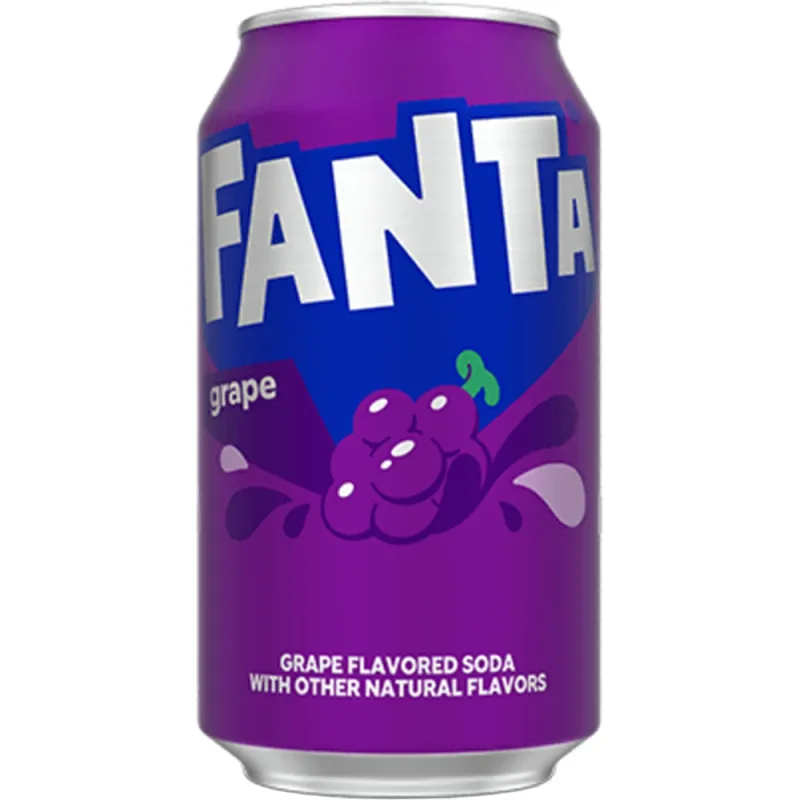
Fanta Grape offers a burst of fruity goodness with its bold grape flavor. Each 12-ounce can carries 44 grams of sugar, placing it among the sweeter sodas. Since its inception, Fanta has been known for its colorful and playful beverage options.
The soda’s rich flavor and sugar level make it both appealing and cautionary. While it satisfies cravings for grape, the sugar content is a health consideration.
Fanta Grape’s charm is in its vibrant taste, but the sugar level necessitates a balanced approach to consumption.
Jarritos Mandarin
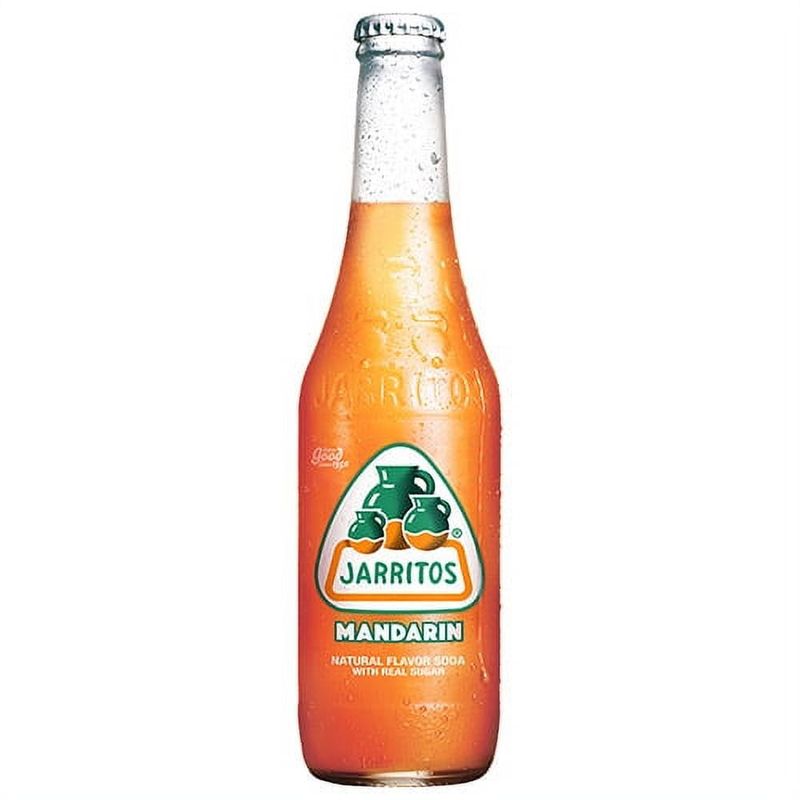
Jarritos Mandarin, a Mexican soda, offers a delightful citrus punch. Each bottle contains 36 grams of sugar, making it a sweet and tangy treat. Jarritos is known for its natural flavors and vibrant colors, capturing the essence of traditional Mexican sodas.
The beverage’s crisp taste and sugar content make it a preferred choice for those seeking authenticity and flavor. However, the sugar level is a point of consideration.
Jarritos Mandarin’s exotic appeal lies in its refreshing taste, yet the sugar content advises a mindful consumption.
Welch’s Grape Soda
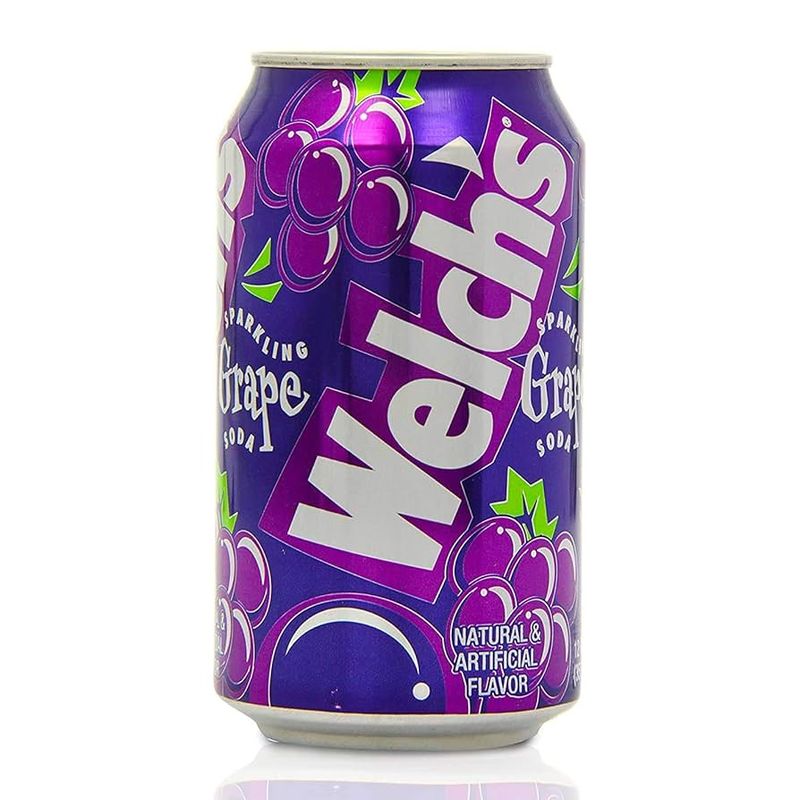
Welch’s Grape Soda delivers a classic grape flavor, adored by many for its nostalgic taste. Each 12-ounce can contains 46 grams of sugar, making it a notably sweet option. The brand’s legacy in grape products extends to this beloved soda.
The bold grape taste and high sugar content create a sweet indulgence. While it offers a flavorful experience, the sugar level is a health consideration.
Welch’s Grape Soda’s charm lies in its fruity essence, yet the sugar content suggests moderation for regular enjoyment.
Cherry Coke
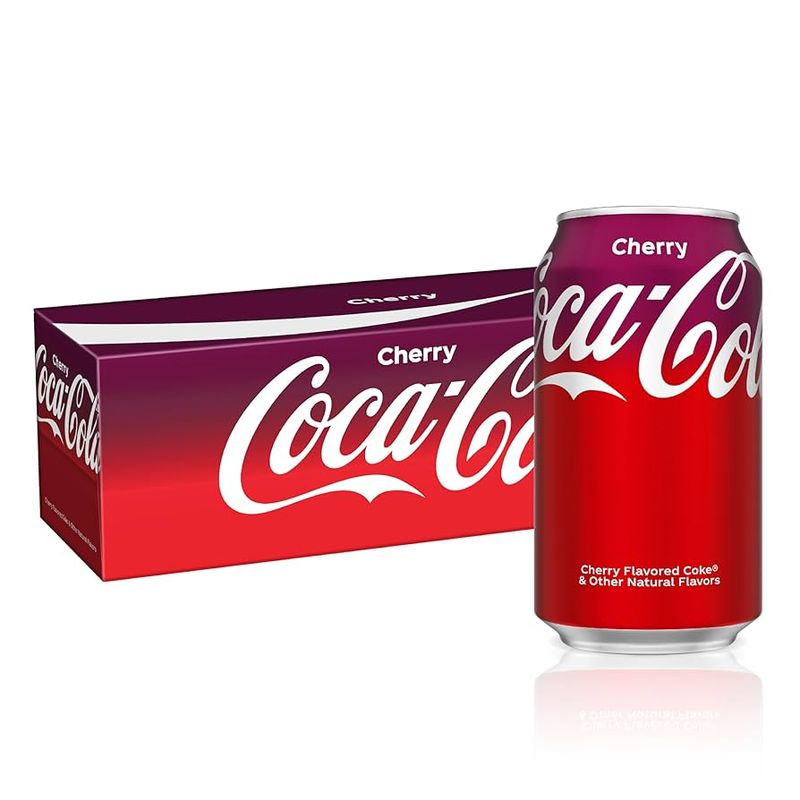
Cherry Coke, with its blend of cola and cherry flavors, offers a sweet and nostalgic experience. Each 12-ounce can contains 42 grams of sugar, making it a sugary delight for cola enthusiasts. Since its introduction, Cherry Coke has been a unique twist on classic cola.
The soda’s cherry-infused taste and sugar level create a rich and indulgent treat. Fans of Cherry Coke appreciate its distinct flavor, but the sugar content is a consideration for health-conscious consumers.
Cherry Coke’s legacy is built on its innovative flavor, yet the sugar level suggests a careful approach to consumption.
Leave a comment